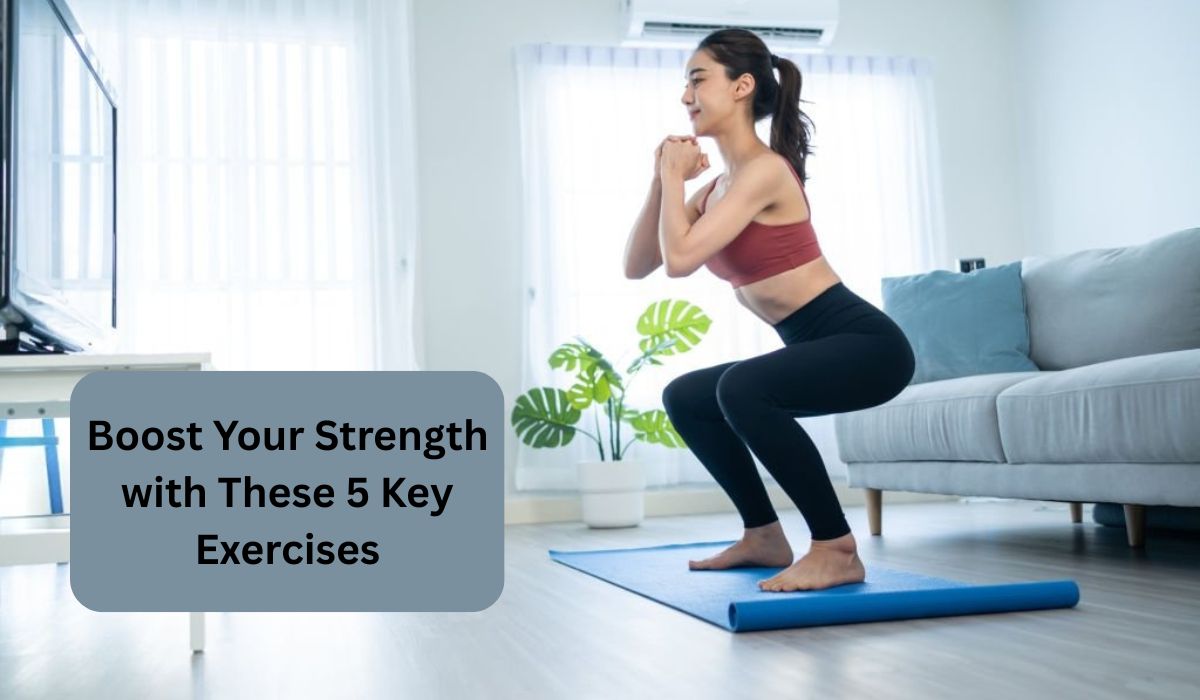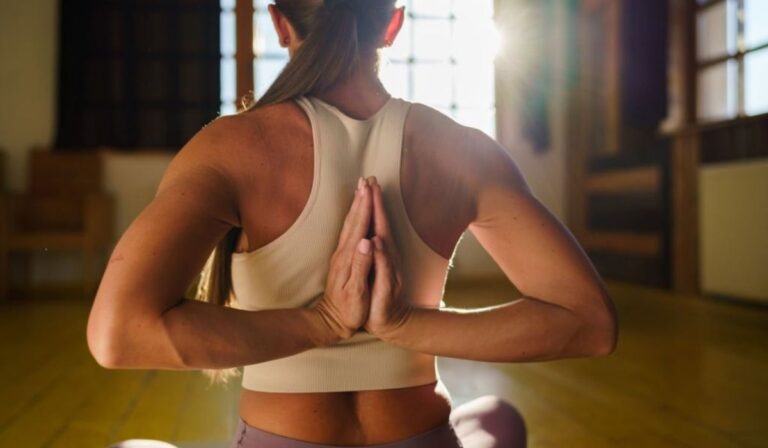Boost Your Strength with These 5 Key Exercises
Staying fit doesn’t have to be complicated. Sometimes, it’s just about choosing the right moves and staying consistent. Whether you’re a beginner or someone who’s been working out for years, these five power-packed exercises can take your fitness to the next level. They target multiple muscle groups, improve endurance, and build strength—all without fancy machines or gym memberships.
1. Squats – The Foundation of Strength
Squats are a must-have in any fitness routine. They work your legs, glutes, and core while improving balance and flexibility. Whether you’re picking up groceries or climbing stairs, strong legs help you move better in daily life.
How to do it:
- Stand with your feet shoulder-width apart.
- Lower your body as if you’re sitting in a chair.
- Keep your chest up and knees behind your toes.
- Push through your heels to return to standing.
Tip: Start with bodyweight squats. Once you feel strong, you can add dumbbells or a barbell.
2. Push-Ups – Full-Body Strength Builder
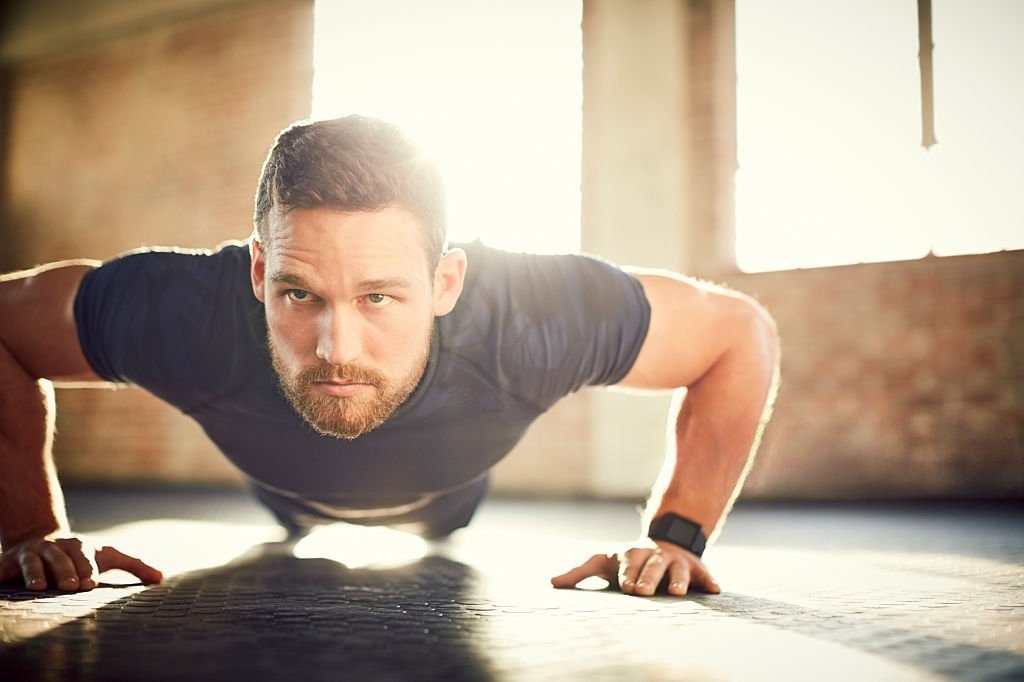
Push-ups are more than just an upper-body move. They challenge your chest, shoulders, triceps, core, and even your legs if done right. It’s a classic move that builds real-world strength.
How to do it:
- Get into a high plank position.
- Lower your chest to the floor, keeping your elbows close to your sides.
- Push back up to the starting position.
Tip: If standard push-ups are too hard at first, start with your knees on the floor or do them against a wall.
3. Plank – Core Stability Game-Changer
A strong core is the key to better posture, less back pain, and improved balance. The plank is a simple, static hold that works your abs, back, shoulders, and even your glutes.
How to do it:
- Lie face down and prop yourself up on your forearms and toes.
- Keep your body in a straight line from head to heels.
- Hold this position for 20–60 seconds, depending on your fitness level.
Tip: Avoid letting your hips sag or rise too high. Think of keeping your body as straight as a plank of wood.
4. Lunges – Balance, Strength, and Flexibility
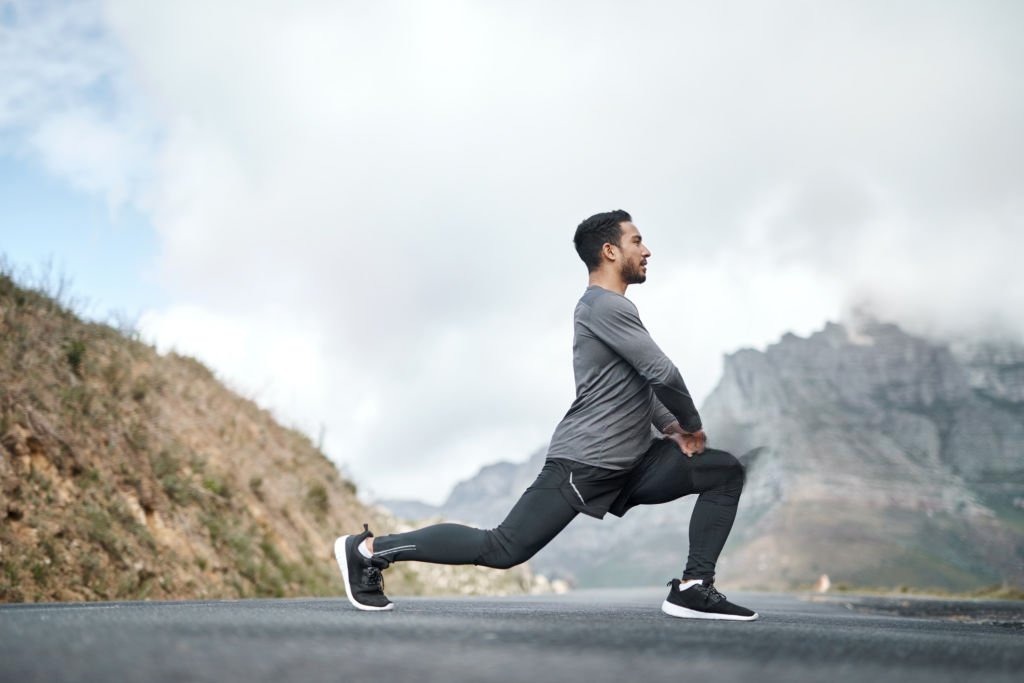
Lunges train each leg independently, which helps correct muscle imbalances and boosts coordination. They target the thighs, glutes, and core while improving hip flexibility.
How to do it:
- Step one foot forward and lower your body until both knees are at 90 degrees.
- Push off the front foot to return to standing.
- Repeat on the other side.
Tip: Keep your torso upright and your front knee over your ankle.
5. Burpees – The Ultimate Fat-Burner
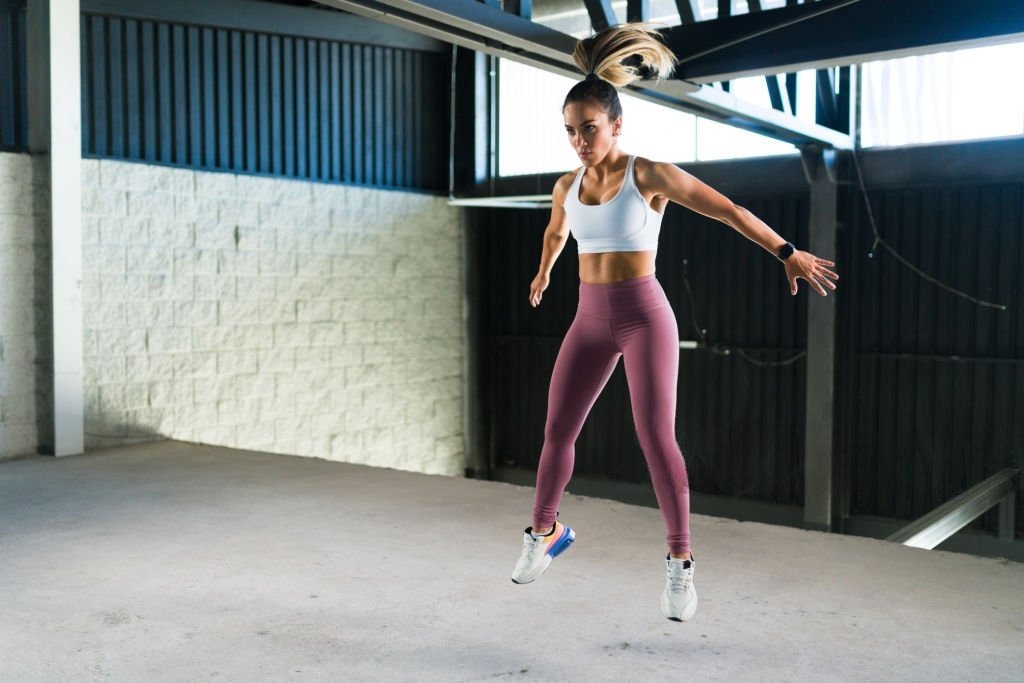
Love them or hate them, burpees are a full-body move that builds endurance, strength, and burns serious calories. It combines a squat, jump, and push-up in one smooth motion.
How to do it:
- Start standing, then squat down and place your hands on the floor.
- Jump your feet back into a push-up position.
- Do one push-up, then jump your feet forward.
- Stand and jump into the air, then repeat.
Tip: Start slowly and focus on form before increasing your pace.
Conclusion
You don’t need to spend hours at the gym or follow trendy workout fads. These five power moves are enough to build a solid foundation of strength, endurance, and balance. Combine them into a circuit, maintain consistency, and gradually increase the intensity. The key to success is showing up, doing the work, and giving your body time to grow stronger.
FAQs
1: Can I do these exercises at home without equipment?
Absolutely. All five power moves—squats, push-ups, planks, lunges, and burpees—can be done using just your body weight. No gym equipment is required. Just clear a small space, wear comfortable clothes, and you’re good to go.
2: How often should I do these moves for the best results?
You can perform these exercises 3 to 4 times a week, depending on your fitness level. Aim for 2–3 sets of each move with 8–15 repetitions (or 20–60 seconds for planks). Always listen to your body and take rest days as needed.
3: Are these moves safe for beginners?
Yes, these moves are beginner-friendly when done with proper form. Start slow, focus on technique, and modify if needed (like doing push-ups on your knees). As your strength and confidence grow, you can increase intensity or add variations.

